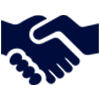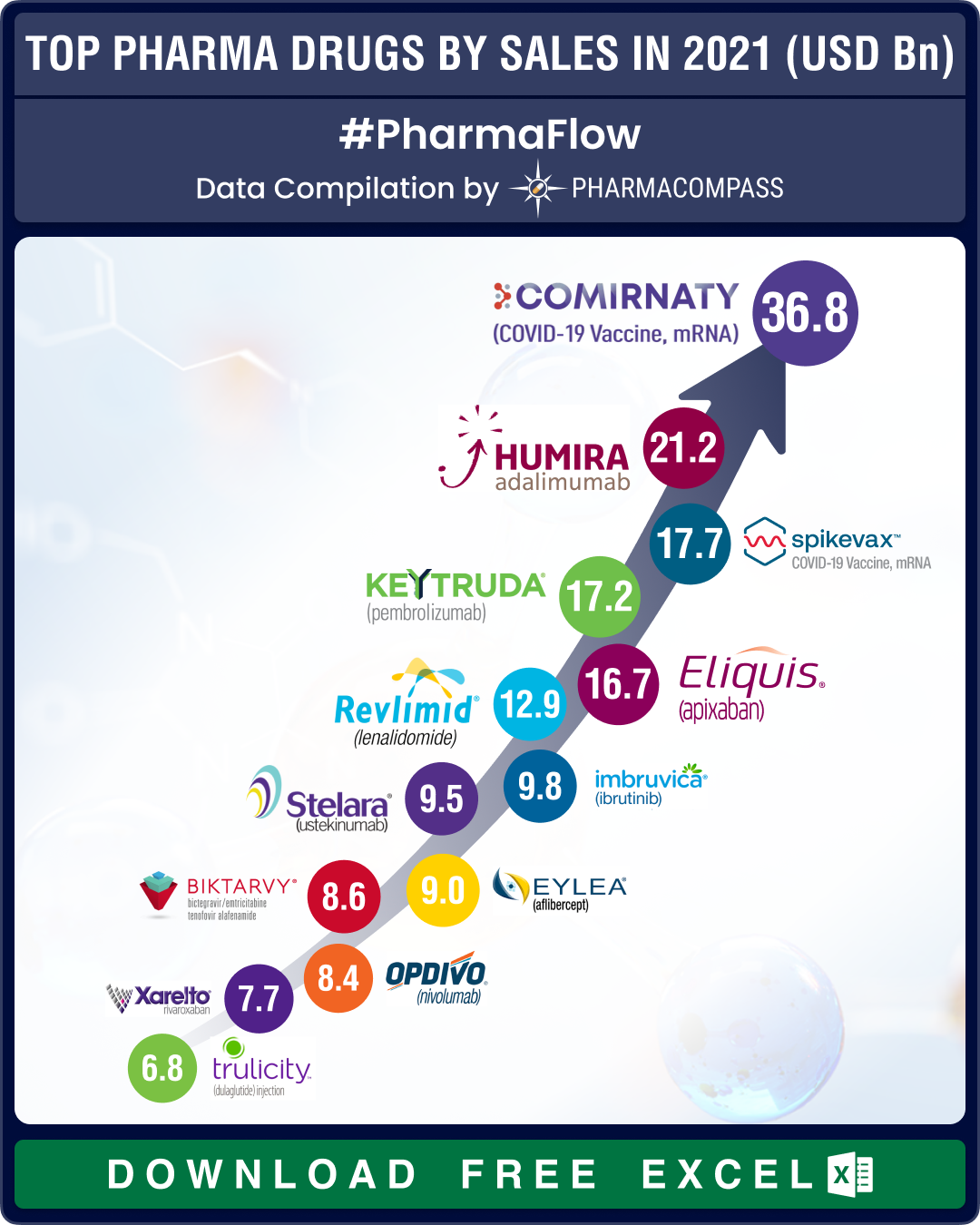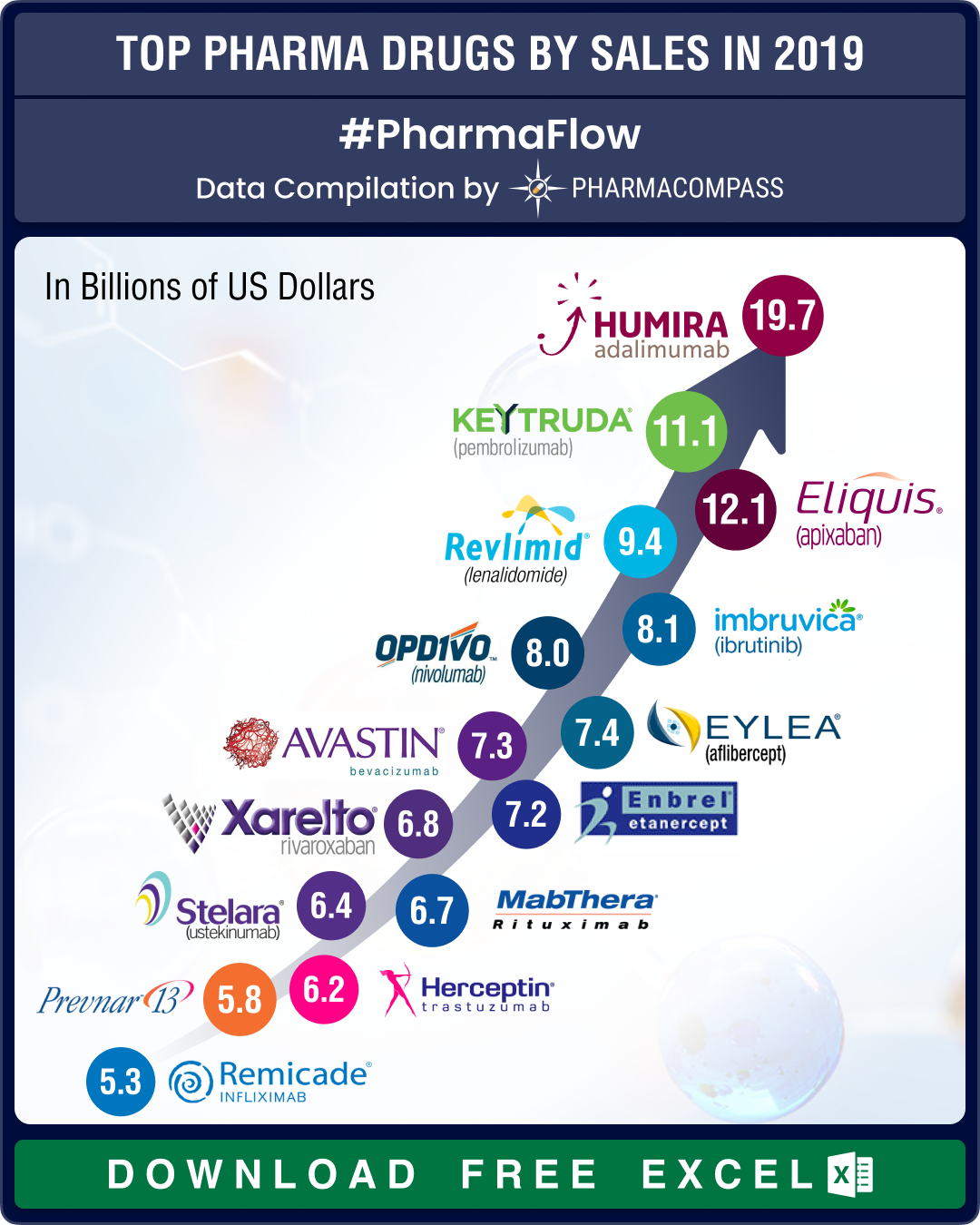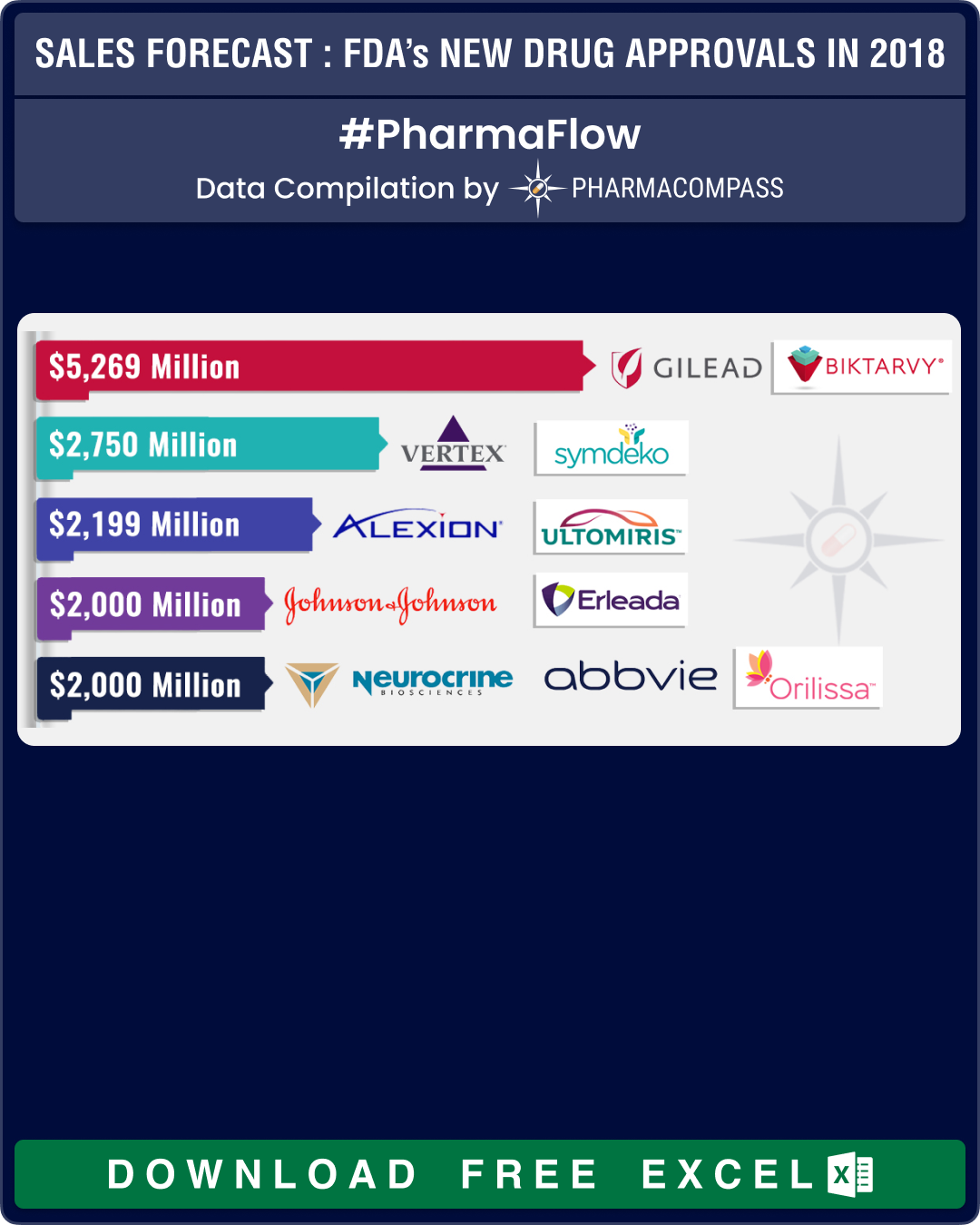Top Pharma Companies & Drugs in 2021: Covid vaccines, pills cause churn in list
Every year, the list of top pharmaceutical products and companies by sales sees some churn. But the
Top drugs and pharmaceutical companies of 2019 by revenues
Acquisitions and spin-offs dominated headlines in 2019 and the tone was set very early with Bristol-


 Market Place
Market Place Sourcing Support
Sourcing Support


